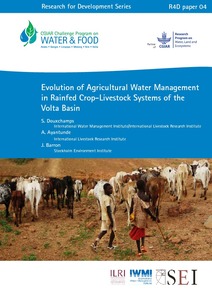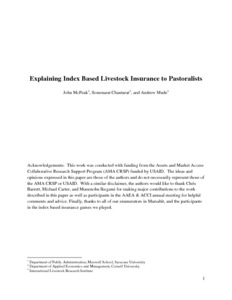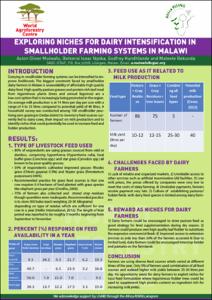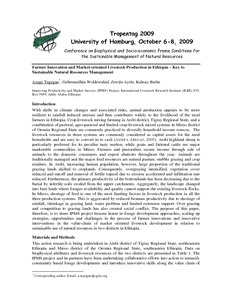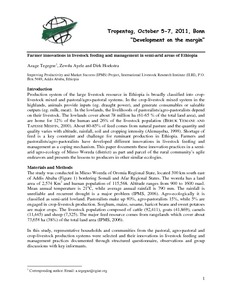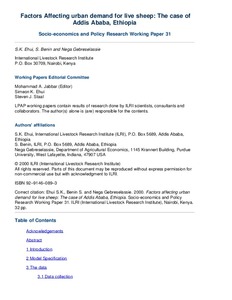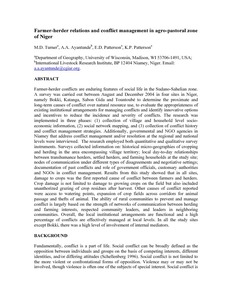Extreme wildlife declines and concurrent increase in livestock numbers in Kenya: What are the causes?
There is growing evidence of escalating wildlife losses worldwide. Extreme wildlife losses have recently been documented for large parts of Africa, including western, Central and Eastern Africa. Here, we report extreme declines in wildlife and contemporaneous increase in livestock numbers in Kenya rangelands between 1977 and 2016. Our analysis uses systematic aerial monitoring survey data collected in rangelands that collectively cover 88% of Kenya’s land surface. Our results show that wildlife numbers declined on average by 68% between 1977 and 2016.


